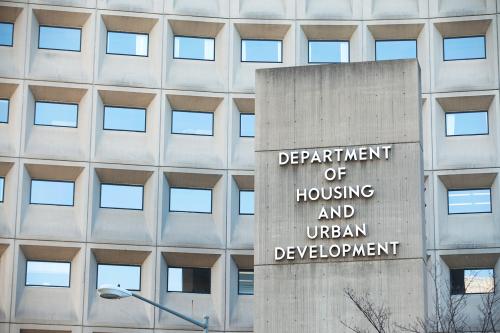Executive Summary
The 1996 welfare law produced numerous, wide-ranging changes in state policies and practices. Greater emphasis is now being given to job placement in welfare offices in most states. Employment by single mothers, a group which in the past has been the least likely to work and most likely to be on welfare, is on the rise. Increased employment has led to higher earnings and declining welfare payments to poor and low-income families. Similarly, starting in 1994, there have been substantial declines in overall child poverty and the largest declines ever in black child poverty. In addition, after increasing for decades, nonmarital births have leveled off; and teen births have declined significantly since the early 1990s. Although the evidence of the law’s impact on children is sparse, most researchers conclude that for young children, the results are either neutral or slightly positive in areas such as school behavior and school performance. Some of the good news must be attributed to a strong economy. Moreover, the research also shows there are problems associated with welfare reform. For example, some unemployed families are financially worse off and some families eligible for Medicaid and food stamps are losing those benefits when they leave the welfare rolls. These and other problems merit careful attention and, possibly, action by the 107th Congress during the upcoming reauthorization debate.
On August 22, 1996, President Clinton signed legislation that substantially transformed the American welfare system. Many of the new law’s provisions, including the Temporary Assistance for Needy Families (TANF) program, which replaced the Aid to Families with Dependent Children’s (AFDC) program, were authorized for six years. Thus, with a deadline of October 1, 2002, the 107th Congress must reauthorize the welfare reform legislation (see Appendix Table 1 for summary).
The 1996 legislation provoked extensive research on many facets of the law and its implementation, making it one of the most closely-examined pieces of social legislation in recent decades. The law itself contained numerous provisions funding research and evaluation studies, and many non-profit foundations have also funded studies of the law’s major provisions. Moreover, a great deal of research on issues addressed by the legislation was already underway at the time of its passage in 1996. Finally, many states have conducted their own research, especially on what happens to families that leave welfare. The available research has the potential to play a vital role in the reauthorization debate, but it must be synthesized, organized, and interpreted so that members of Congress, their staffs, and the policymaking community can use what has been learned about the effects of the 1996 legislation as a basis for considering changes in old policies or the initiation of new policies. This series of policy briefs from the Brookings Institution will attempt to do just that.
The appendix to this policy brief describes the welfare reform law in some detail. Six major programs were reformed by the 1996 legislation. The programs include AFDC, the Supplemental Security Income (SSI) program for children, child support enforcement, child care, food stamps, and child nutrition. In addition, the new law put considerable emphasis on reducing nonmarital births and welfare benefits for aliens. These changes are also described in the Appendix.





